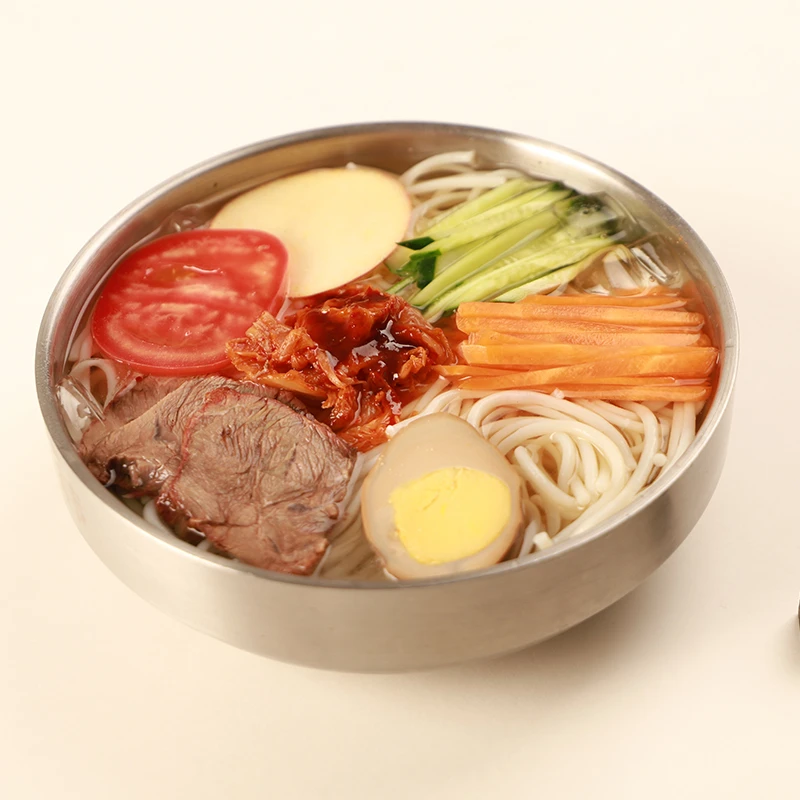hand made ramen noodles
The Art of Hand-Made Ramen Noodles
Ramen is more than just a bowl of noodles; it's a cultural experience, a culinary tradition, and a comforting dish that warms the soul. While many people may be familiar with instant ramen, there's an entirely different world waiting to be explored through hand-made ramen noodles. The craft of making these noodles by hand embodies a labor of love, tradition, and precision that transforms simple ingredients into a gastronomic delight.
The Origins of Ramen
Ramen is believed to have originated in China but has evolved into one of Japan’s most iconic dishes. The dish has a rich history, deeply intertwined with regional variations and local ingredients. In its simplest form, ramen consists of wheat noodles served in a meat or fish-based broth, flavored with soy sauce or miso, and topped with an array of ingredients such as sliced pork, nori, menma, and scallions. The key to great ramen lies not just in the broth or toppings but also in the noodles themselves.
The Passion Behind Hand-Made Noodles
While factory-made ramen noodles have become common due to their convenience, the art of hand-making these noodles carries with it a sense of authenticity and tradition. The process begins with high-quality ingredients flour, water, salt, and kansui—a type of alkaline mineral water that gives ramen its unique flavor and firm, chewy texture. The choice of flour is vital; many artisans prefer using bread flour or a mix of various types to create the perfect noodle.
The first step is mixing the ingredients to create a dough. This is where the magic begins. The dough is kneaded skillfully for several minutes until it reaches a smooth, elastic consistency. Kneading is crucial because it develops the gluten, which provides the structure and chewiness of the noodles. This process can be strenuous, but it’s essential for achieving that perfect texture.
Rolling and Cutting the Noodles
After kneading, the dough must rest, allowing it to relax and become easier to roll out. Once rested, the dough is rolled into thin sheets using a rolling pin or pasta machine. This step requires precision and experience; the thickness of the noodles can greatly affect the final dish. The sheets of dough are then dusted with flour to prevent sticking, and it's time to cut them.
hand made ramen noodles

Hand-cutting the noodles gives them a unique shape and texture, contrasting with the uniformity of machine-cut noodles. Skilled ramen chefs often use a precise technique to achieve noodles of consistent width. The cutting process creates noodles that are slightly rough-edged, helping them to hold the broth better and adding to the overall mouthfeel of the dish.
Cooking the Noodles
Once the noodles are cut, they are ready to be cooked. Fresh ramen noodles cook quickly—typically in just 2 to 3 minutes. Cooking time is crucial, as overcooking can result in a mushy texture, while undercooking can leave them too firm. After boiling, the noodles are rinsed in cold water to stop the cooking process and remove any excess starch, ensuring that they maintain their chewy texture when served.
The Perfect Bowl of Ramen
The beauty of hand-made ramen lies in its versatility. Once the noodles are prepared, they can be paired with various broths—be it tonkotsu (pork bone), shoyu (soy sauce), shio (salt), or miso-based broth. Toppings enhance the dish further, providing different textures and flavors. Whether it’s braised pork belly, marinated soft-boiled eggs, or sautéed greens, each addition complements the unique characteristics of the hand-made noodles.
The experience of making hand-made ramen noodles is transformative. It connects the maker to a rich culinary tradition and invites diners to savor each bite, appreciating the skill and passion behind the dish. In a world where convenience often trumps quality, hand-made ramen noodles serve as a reminder of the importance of craftsmanship and the joy of creating something from scratch.
Conclusion
The art of hand-made ramen noodles is a testament to the beauty of culinary traditions. With their chewy texture and ability to absorb broth flavors, these noodles elevate the humble ramen experience to new heights. So, the next time you indulge in a steaming bowl of ramen, take a moment to appreciate the intricate process and passion that goes into creating those delightful hand-made noodles. In every strand lies a story, and in every bowl, a celebration of heritage and flavor.
-
Unleash Your Inner Chef with Delectable Italian Pasta CreationsNewsAug.01,2025
-
Savor Health and Flavor: Irresistible Soba Noodles for Sale Await!NewsAug.01,2025
-
Nourish Your Body with Premium Organic Ramen - A Culinary Delight AwaitsNewsAug.01,2025
-
Elevate Your Dishes with Our Exquisite Kinds of Egg NoodlesNewsAug.01,2025
-
Dive into Flavorful Convenience with Our Ramen OfferingsNewsAug.01,2025
-
Discover Exquisite Types of Naengmyeon and Chilled Soba NoodlesNewsAug.01,2025
-
Is Whole Wheat Pasta Healthy?NewsMay.30,2025
Browse qua the following product new the we

















































































































